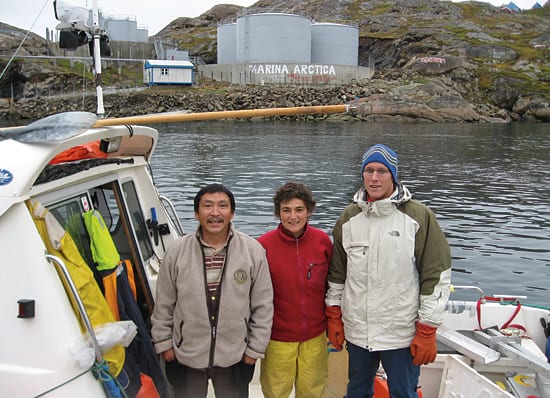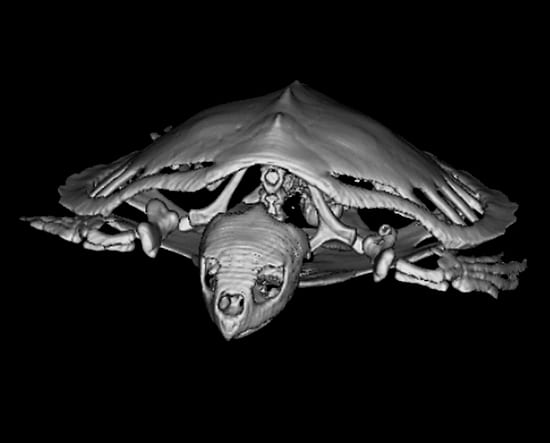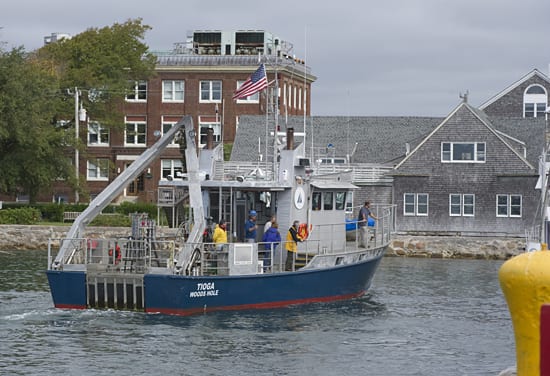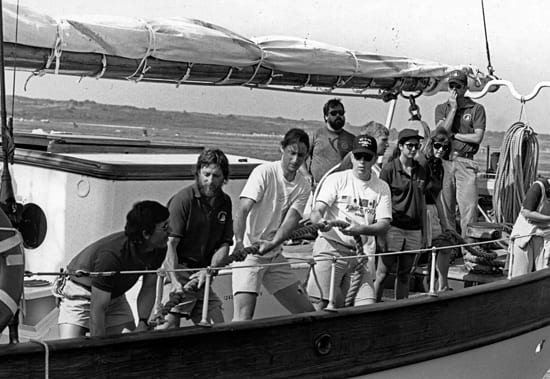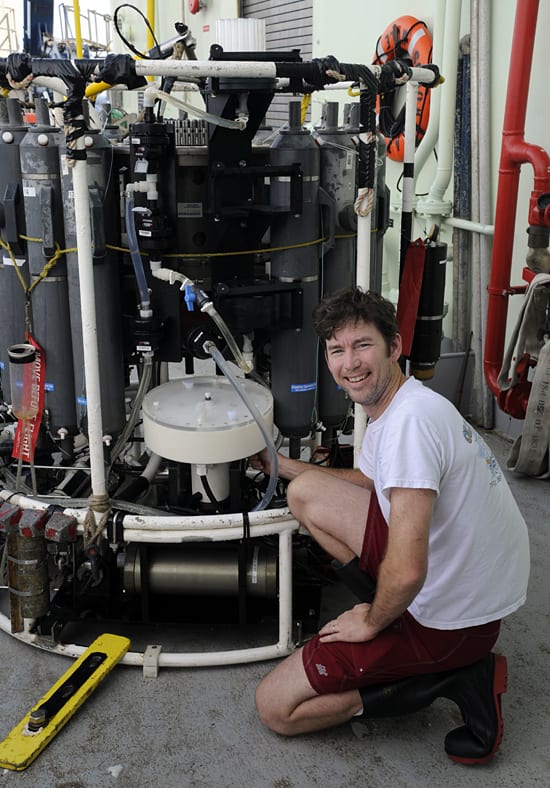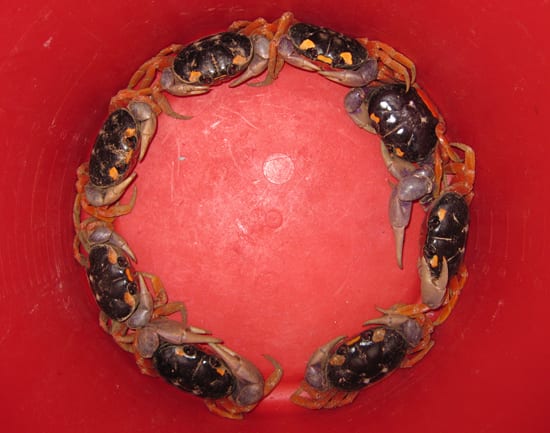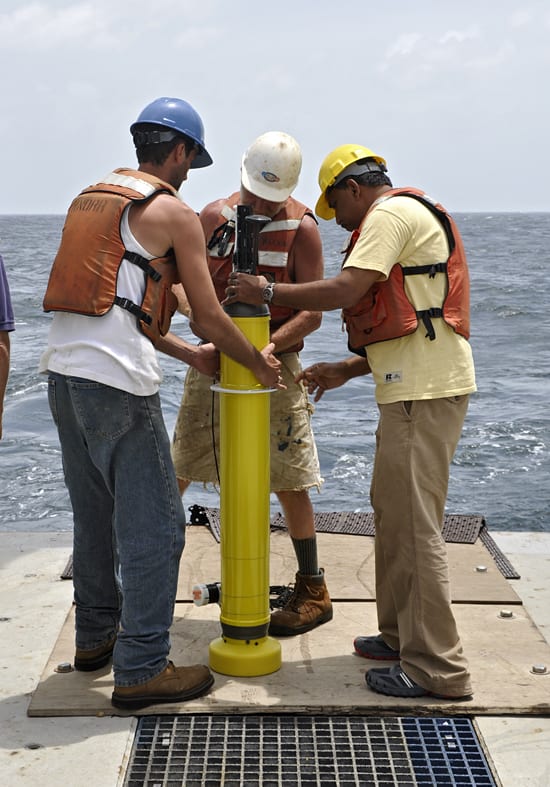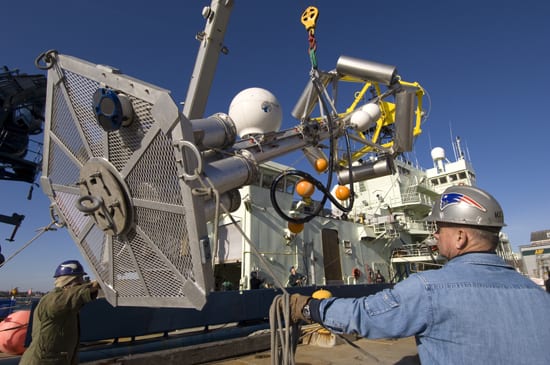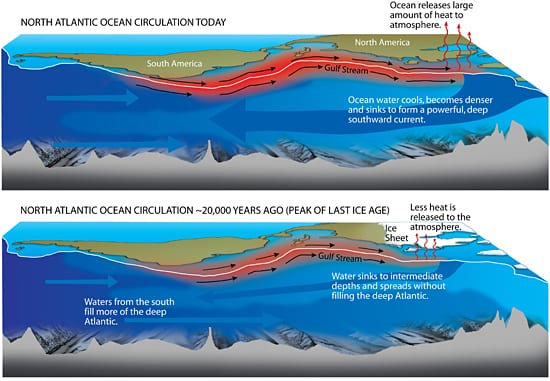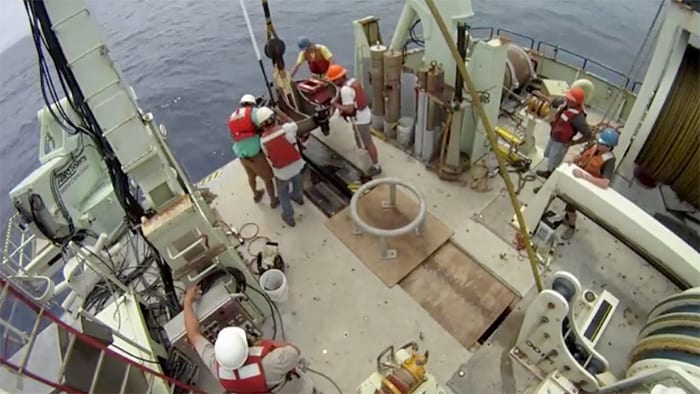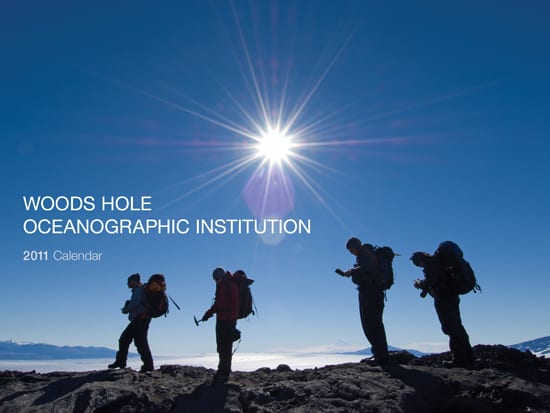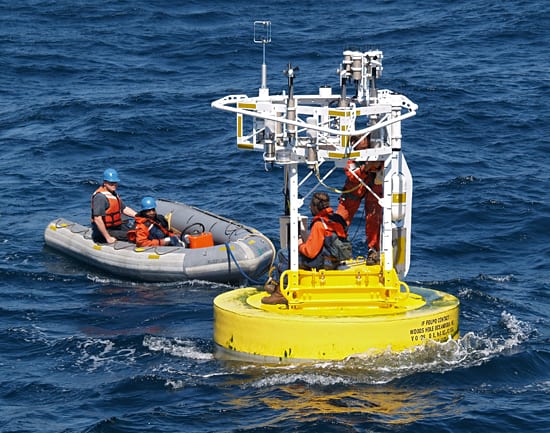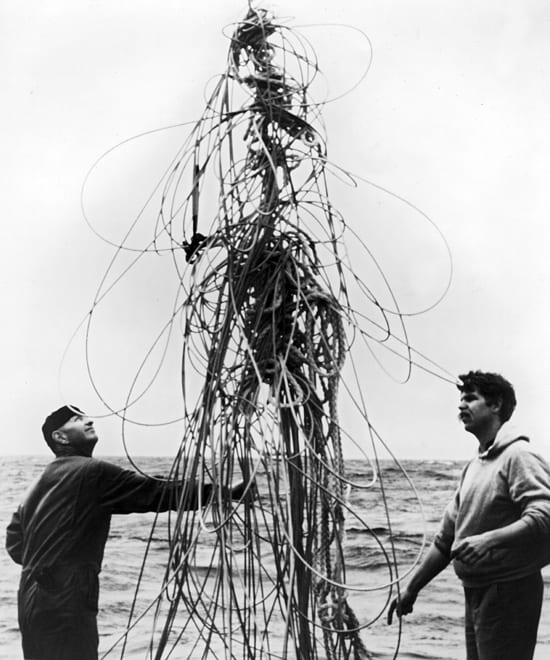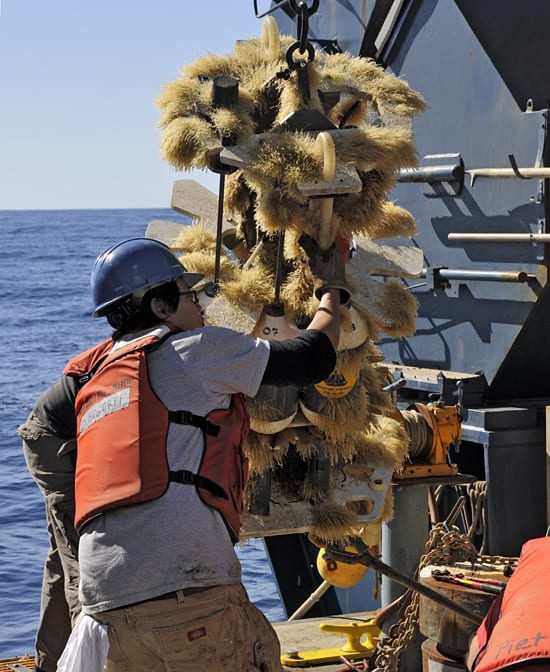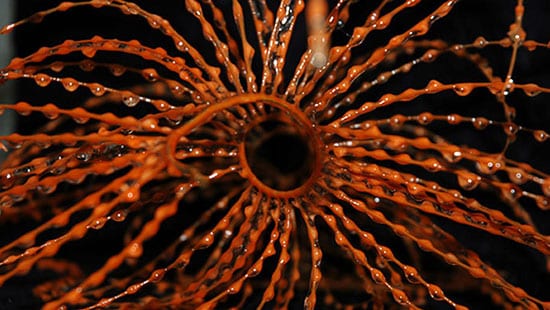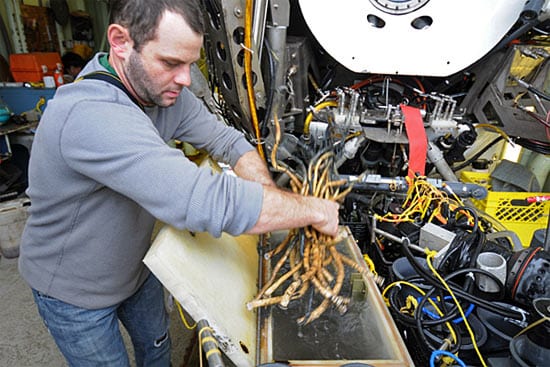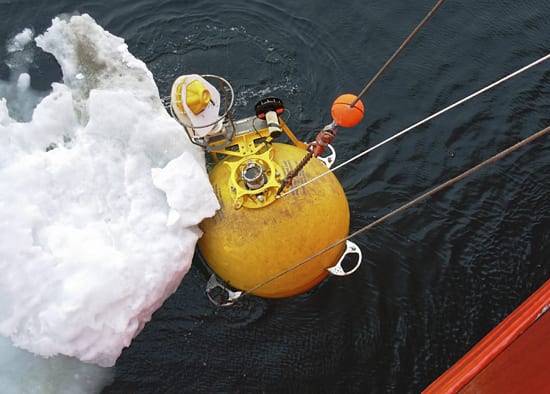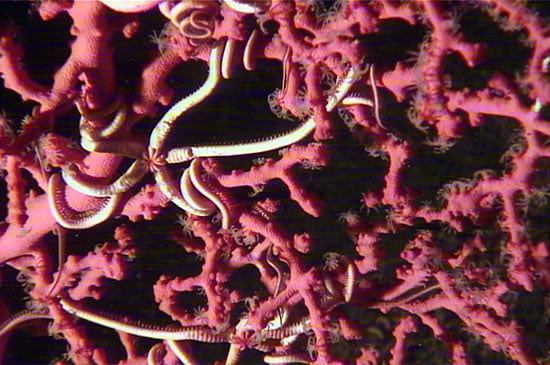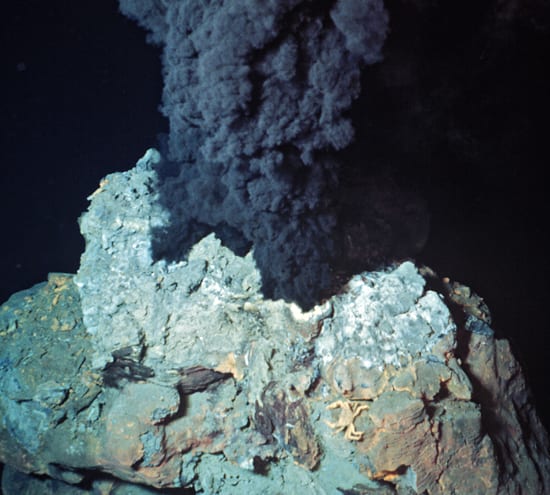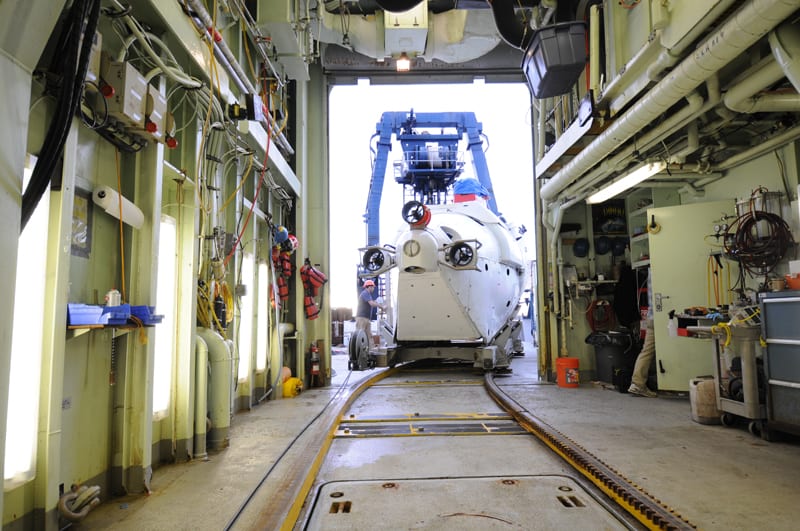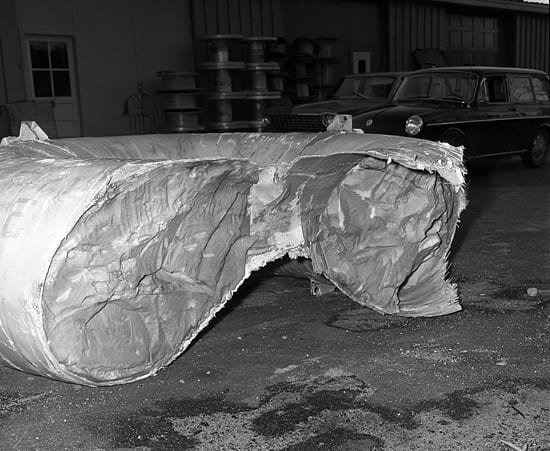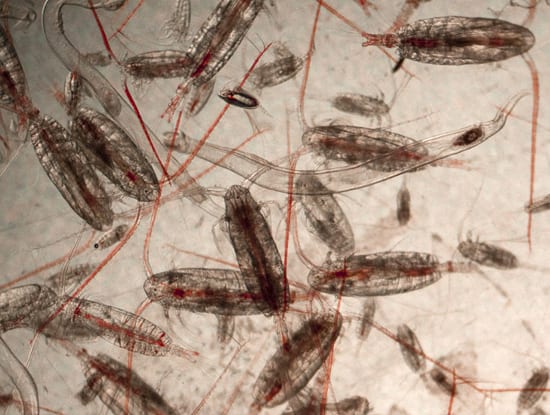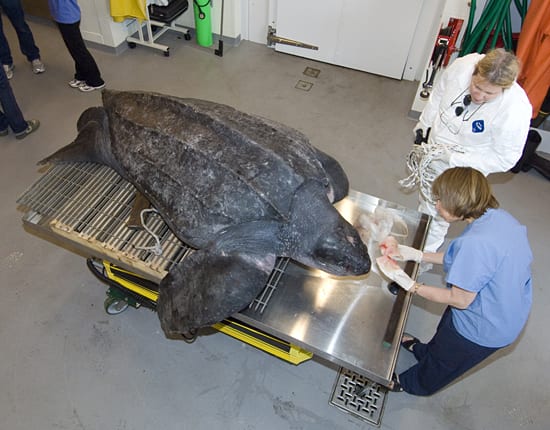Multimedia
Looking Ahead to 2011
Happy New Year from everyone at the Woods Hole Oceanographic Institution.(Photo by Rick Galat, Woods Hole Oceanographic Institution)
Read MoreTracking Warm Water Up North
Greenlander Arqaluk Jørgensen and WHOI researchers Fiamma Straneo (middle) and Dave Sutherland (right) prepare for a day trip into Sermilik Fjord in East Greenland in 2008. They found subtropical water…
Read MoreAn Inside Job
Woods Hole Oceanographic Institution possesses the only imaging facility in the world entirely dedicated to marine research: the Computerized Scanning and Imaging Facility (CSI), led by biologist Darlene Ketten. Using the…
Read MoreHome After a Long Day?s Work
The research vessel Tioga returns home to Woods Hole in September 2010 after a day of research in Buzzards Bay. Scientists on the vessel spent the day collecting shallow coastal…
Read MoreHeave Ho!
Kurt Polzin (center, in white shirt and no cap) pulls his weight on the Sea Education Association’s SSV Westward in 1990, during one of the first MIT-WHOI Joint Program “new…
Read MoreIn Search of Underwater Clouds
WHOI scientist John “Chip” Breier prepares the SUPR (Suspended Particulate Rosette) sampler and other instruments for deployment in the North Atlantic in October 2010. He designed the SUPR sampler, the…
Read MoreA Christmas Wreath of Crabs
Square land crabs (Gecarcinus quadratus) form a defensive ring in a collection bucket at the Liquid Jungle Lab in Panama. Research by Joanna Gyory, a graduate student in the MIT/WHOI…
Read MoreThree Men and a Float
In May 2010 R/V Knorr sailed off the coast of Brazil near the mouth of the Amazon River, so that scientists could study how the river’s plume of nutrient-laden fresh…
Read MoreA Tall Buoy
Members of the WHOI Buoy Group load a spar buoy onto the research vessel Atlantis for use in the CLIMODE experiment to investigate the formation and evolution of a mass…
Read MoreSearching for a Switch
To reconstruct climate changes over millennia, scientists like WHOI’s Delia Oppo and former colleague Jerry McManus use conceptual models, like the one depicted here, that simulate the workings of the ocean…
Read MoreLong Core
Watch this video showing how the long core is deployed.
Read MoreAntarctic Adventure
A research team from Woods Hole Oceanographic Institution (WHOI) hikes along a lava ridge in Antarctica during an expedition to study how the volcanic landscape formed and has changed. From…
Read MoreHouse Call
Members of the WHOI Upper Ocean Processes Group conduct at-sea repairs on an ASIMET buoy in the Gulf Stream that was probably damaged by a ship. Sensors on the buoy…
Read MoreWicked Wuzzle
In the late 1960s, after synthetic mooring lines proved unable to hold up to the wear and tear of waves and currents, the WHOI Buoy Group switched to using wire…
Read MoreIt Was Clean When We Put It In
Engineering assistant Daniel Bogorff works to clean a fouled (and furry-looking) Ultramoor Data Capsule Magazine that had just been recovered from its mooring station on Line W between Woods Hole…
Read MoreWhat’s Living in the Ocean?
A Fistful of Tubeworms
Erik Cordes retrieves specimens of tubeworms from the submersible Alvin‘s sample basket during the current expedition in the Gulf of Mexico, which ends today. Cordes, an ecologist from Temple University,…
Read MoreWinching Ahead
To expand research into icy waters, in 2003 WHOI engineers designed the Arctic Winch, which can reach up to get critical measurements near the icy surface, but stay out of…
Read MoreThe Stars Are Out in the Deep Sea
Pale brittlestars coil their tentacles around a pink Paragorgia coral photographed during a dive in the submersible Alvin this week to the seafloor in the Gulf of Mexico—1,500 meters below the…
Read MoreUnderwater Geyser
A black smoker chimney releases hot hydrothermal vent fluid filled with mineral particles that make it look like smoke. Diving in Alvin in 1993, scientists Holger Jannasch and Cindy Van…
Read MoreIt’s Off to Work We Go
Daily commutes often begin with getting your vehicle out of the garage. And so it is even for the human-occupied submersible Alvin. The 35,000-pound sub slides on a railway out…
Read MoreA Bite Out of a Buoy
In the early 1960s, the WHOI Buoy Group struggled to keep its moorings intact and its instruments functioning in the harsh ocean environment. Some equipment, such as this toroid, or…
Read MoreArctic Catch
A net towed through the Bering Sea yielded a catch of copepods, tiny shrimp-like animals that are critical links in the productive Arctic Ocean food chain. In spring 2009, WHOI…
Read MoreLoss and Opportunity
In 2007, WHOI biologist Darlene Ketten (in blue), turtle physiology expert Jeanette Wyneken of Florida Atlantic University (in white) and a team of biologists and veterinarians conducted a necropsy of…
Read More

